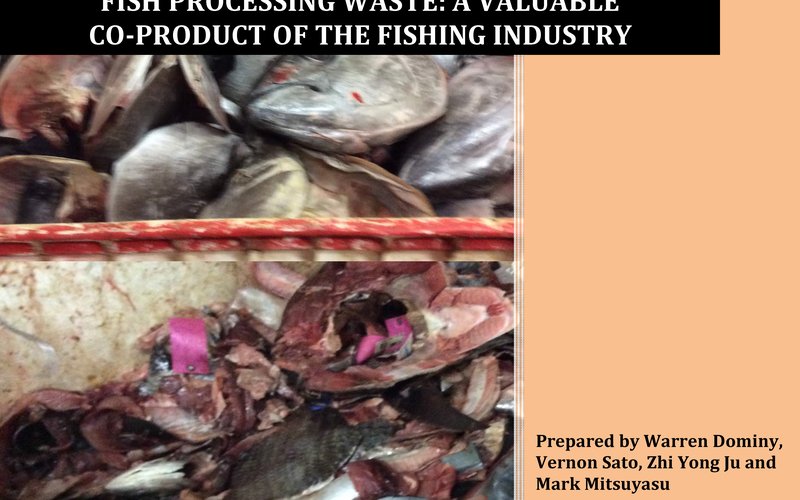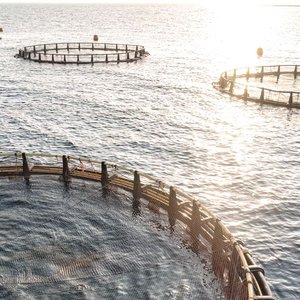Executive Summary
In Hawaii the commercial fishing industry harvests various types of fish, of which tuna comprises approximately 60% of the total fish landings. Once the fish are processed, a residue, or fish processing waste (FPW), is generated. While some of this by-product is utilized by farmers, much of it is treated as rubbish and relegated to the dump for disposal. This practice not only burdens fish processors with a cost to their business, it destroys a valuable raw material that could be turned to an additional profit stream, while contributing to the sustainability of Hawaii's food chain. Each of the Hawaiian islands has its own unique set of circumstances: volume of FPW produced, ability of processors to handle and store the raw product and demand from community. However they share the remote location of the Pacific Islands, which creates specific challenges and opportunities: high transportation costs make it expensive for processors to dispose of their FPW.
n the other hand, shipping costs provide the opportunity for a value-added product to be competitive in the local market.The current FPW generated in Hawaii, if maintained and processed properly, can meet or exceed the fishmeal market standards for the various fish meals that are sold commercially today. Potential products from a FPW are a dry high quality fishmeal, fish oil, fish silage and fresh high quality frozen fish blocks. These potential products could be added to feed formulations for pet foods, terrestrial, an aquatic feeds that could be manufactured locally. Or the fish meal and fish oil could be exported for sale overseas.
FPW that does not meet the quality parameters for a high quality fishmeal or fish oil for an animal feed could be converted into a liquid fish fertilizer for use by farmers, where local terrestrial crops and aquatic crops are raised.Products that are developed in the islands avoid the high cost of shipping from the mainland and other foreign ports, and could help sustain Hawaiian farmers and animal production units to support food security. Effective utilization of FPW would help create a more sustainable ecosystem-based management of fisheries in the US Pacific Islands.FPW amounts generated from seafood wholesalers and retailers by State and by Island has been collected, laboratory analysis has determine its quality nutrient content and value.
The data has been analyzed and reviewed and compared with similar products on the market today and potential viable options for technology application suggested to best utilize this co-product (FPW) on Island as an eco-friendly sustainable product for use as a food, feed or fertilizer. This study determined that there is potential for Hawaii's FPW to be put to a higher and better use, to the benefit of both fish processors and the agricultural and aquaculture communities. It also provides a model for fish waste utilization in other Pacific Islands who face similar sustainability challenges.
fish-processing-waste-a-valuable-co-product-of-the-fishing-industry-dominy-et-al-2014









